In a multicultural society, effective communication in healthcare is not only important but also essential. With modern medicine, translation aids have become indespensable devices that ensure proper, reliable, and gentle medical treatment for patients, regardless of the language they speak.
Many health professionals continue to struggle with communication with patients from different language backgrounds. Conventional methods of interpretation, for all their merits, can often be prohibitively expensive and difficult to execute logistically, or even unavailable in emergencies.

Why Medical Translation Service Are More Important Than Ever
Patient populations are becoming increasingly diverse in countries like the U.S., Canada, and across the European Union. More people are also traveling abroad to seek medical treatment, contributing to the rise of international healthcare. At the same time, the growth of telehealth allows patients to connect with doctors from different parts of the world. Additionally, global collaboration in medical research means that accurate translation of medical data and protocols is more important than ever.
In the US alone, there are millions of people categorized as Limited English Proficient (LEP). Even those who consider basic healthcare experiences, such as filling out forms or receiving instructions on how to take medications, can be highly risky activities if appropriate translation isn’t provided. The medical translation services industry is estimated to reach USD 805.7 million by 2030, growing from USD 502 million in 2023. This was highlighted in a 2024 report by 360 Research Reports, indicating a CAGR of 6.7% during the forecast period
(Source: 360 Research Reports, “Global Medical Translation Services Market Research Report 2024”)
The Risk of Miscommunication in Medicine
- A patient may receive a wrong diagnosis or face delays in treatment due to misunderstanding their presenting symptoms and history.
- Clerical negligence might result in instructions pertaining to dosage, allergies, or drug allergy restrictions for medication usage to be ignored, with dire consequences following.
- Withheld satisfaction from the patient regarding service quality diminishes their loyalty to the prescribed therapeutic actions and treatments.
- Undesirable legal suits with a lack of legal services and protections, mistakenly placed compliance with legal regulations where clear obligations exist such as… compliance with the law requirements concerning funding healthcare services.
These challenges highlight why accurate and real-time medical translation isn’t just a convenience, it’s a necessity.
Common Medical Translation Methods
Medical institutions have traditionally relied on several types of translation support:
| Method | Advantages | Limitations |
| In-person Interpreters | Accurate, Professional | Costly; Limited availability for rare languages |
| Remote Interpretation (Phone/video interpretation) | Remote access, Convenience, Easy scheduling | Impersonal; Require setup process |
| Translation Apps | Quick, Low-cost | Inaccurate with medical jargon, Lacks context |
| Written Translations | Useful for forms and documents | Not suitable for real-time conversations |
Introducing Timekettle: A Revolutionary AI Solution
The company values, at Timekettle, revolve around care, comprehension, and communication working synergistically, even more so in healthcare, where an individual's health and well-being rests in the balance.
Being a tech company does not define us. As a team, we have experienced the emotion and chaos that often arises due to language barriers obstructing medical help. Having experienced these situations motivates us to develop solutions that aid people in understanding each other at the most critical times.
Medical translation is not only about technology. It comprises real-life occurrences such as when a family member anxiously searching for reassurance, a doctor drawing a crucial decision, or a patient describing their medical condition. It truly encompasses every single word said.
Among the many AI solutions emerging today, Timekettle is exploring how translation technology can better support real-life healthcare conversations. For example, our AI system allows users to customize and add medical terminology, helping to improve translation accuracy in professional settings.

Advantages of AI Translation Solution in Healthcare
The advance of healthcare technology is benefitting from real-time AI translation devices, particularly in instances where professional interpreters are not available or feasible.
1. Enhances real-time communication: AI-powered translator earbuds encourage greater dialogue flow between the patients and the healthcare providers since they do not require waiting for pauses in interactions to begin interpreting.
2. Effective during urgent cases: In emergency and walk-in clinics that require timely interventions, AI-based translations can assist immediately so as to enable providers serve patients in good time.
3. Appropriate across different places: Such AI translation devices serve well in busy hospitals and for field outreach work in rural areas where internet connection is sparse because of offline functionality.
4. Helps maintain information flow continuity: Certain AI translators have the capacity to save or recall translated conversations. This can be beneficial for reviewing a patient’s reported symptoms or concerns, helping maintain uninterrupted continuity of care while avoiding retellings.
Although AI translation devices do not perfectly substitute human interpreters for sophisticated and intricate scenarios, they serve as great aids in routine conversations within multicultural medical frameworks.
Conclusion
As the world of healthcare expands, the importance of translating devices cannot be understated. AI-powered tools may not replace an actual interpreter, but they certainly simplify day-to-day interactions, enhancing care accessibility, safety, and efficiency.
 Talk to Customer Service 1(833) 491-1328
Talk to Customer Service 1(833) 491-1328






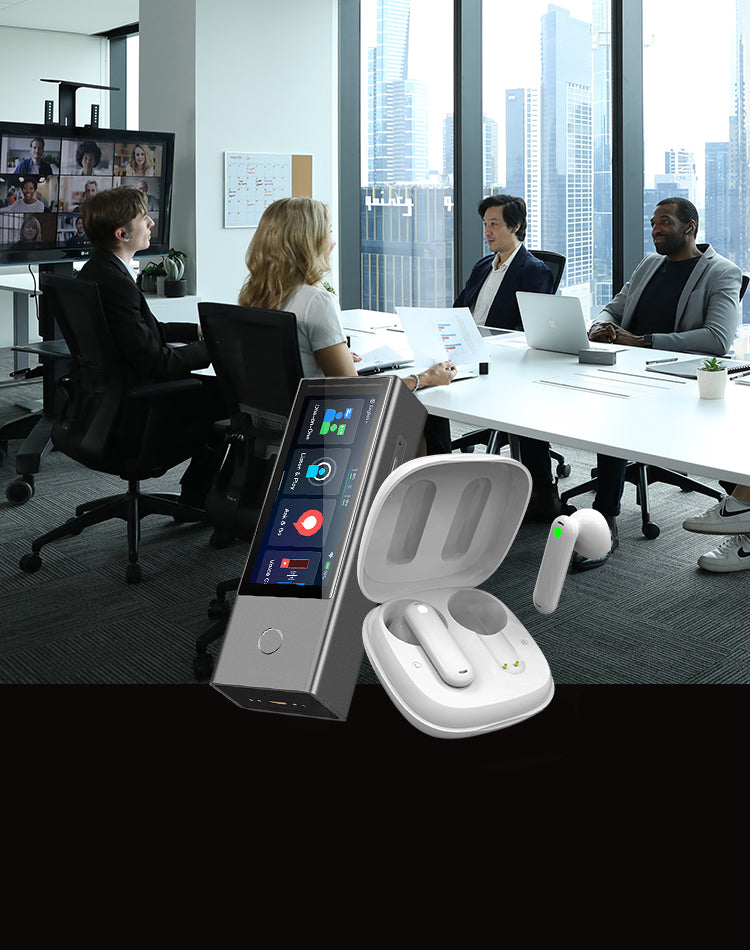
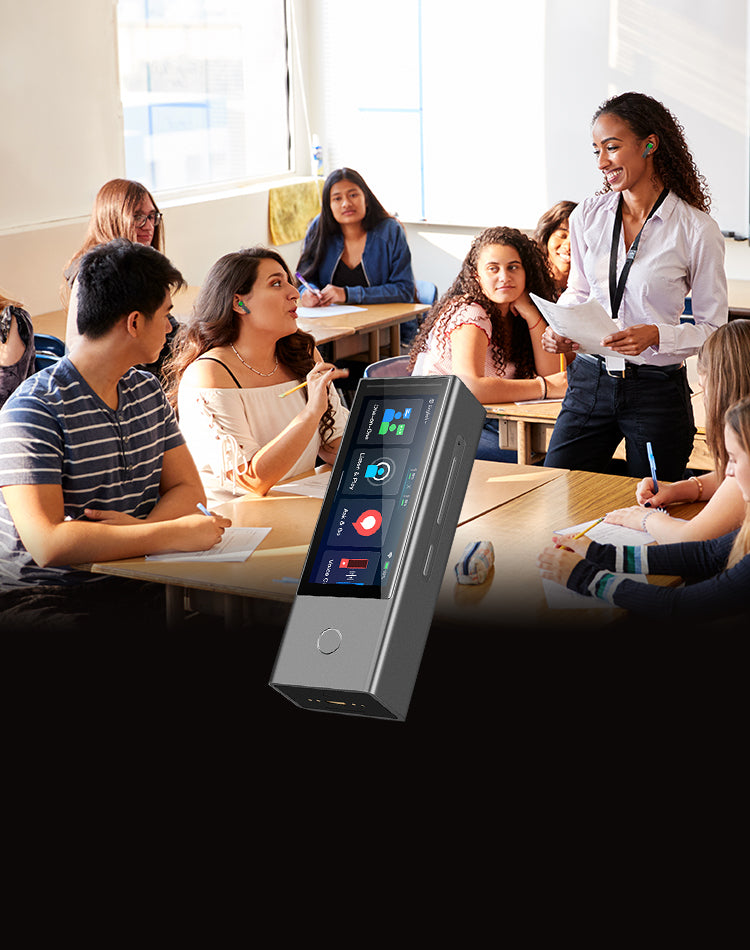
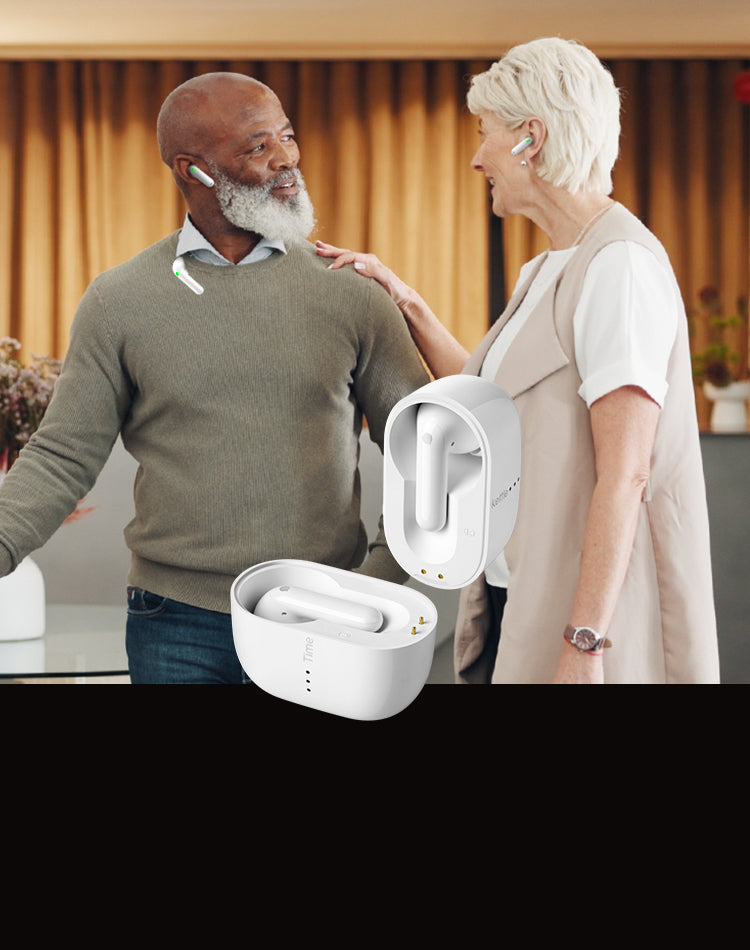
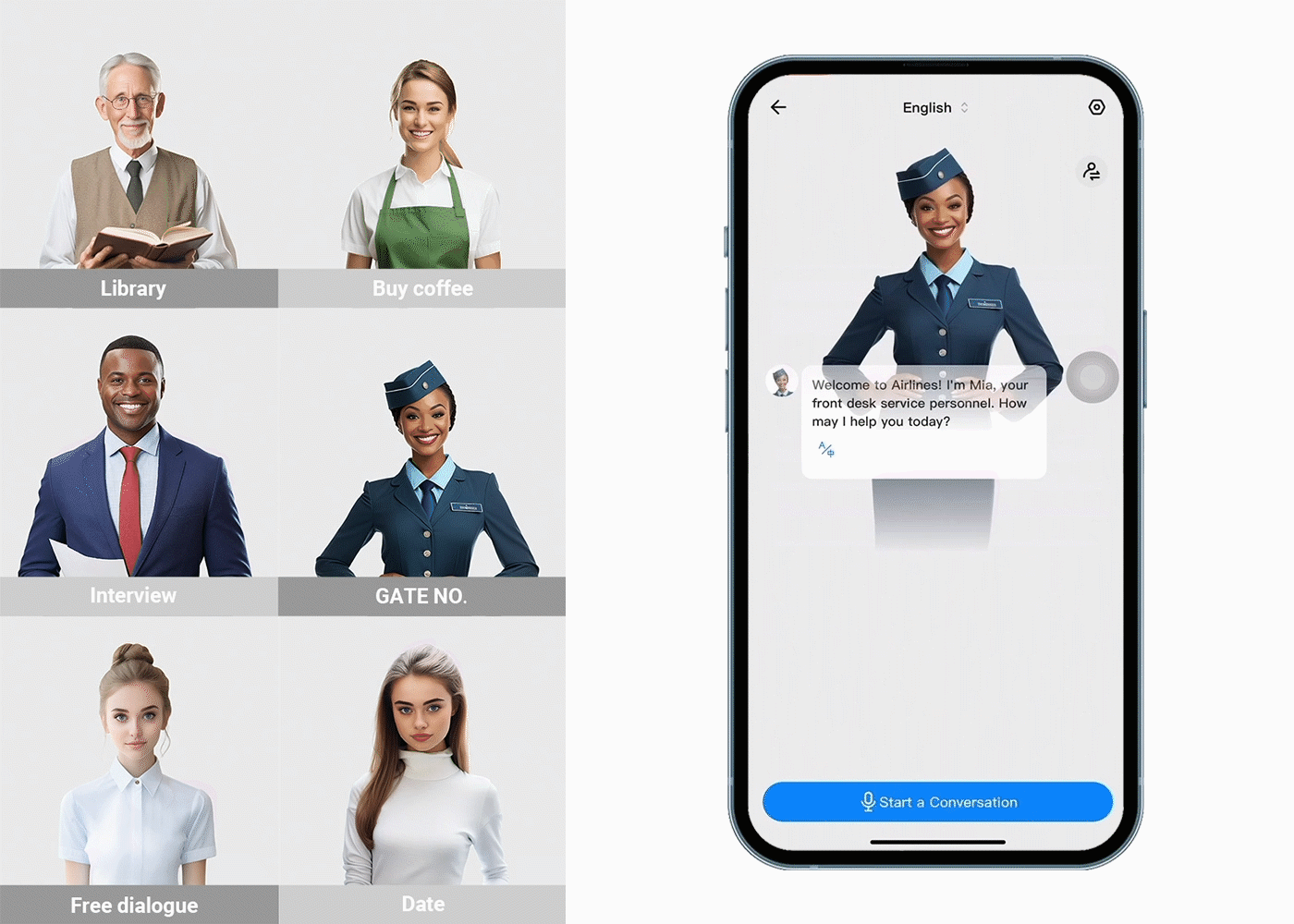




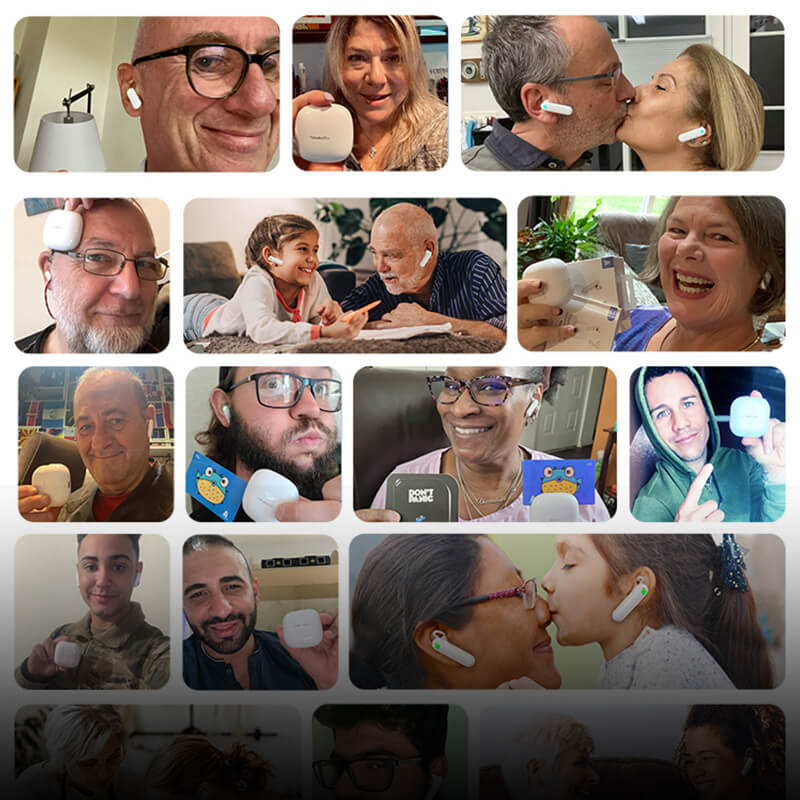
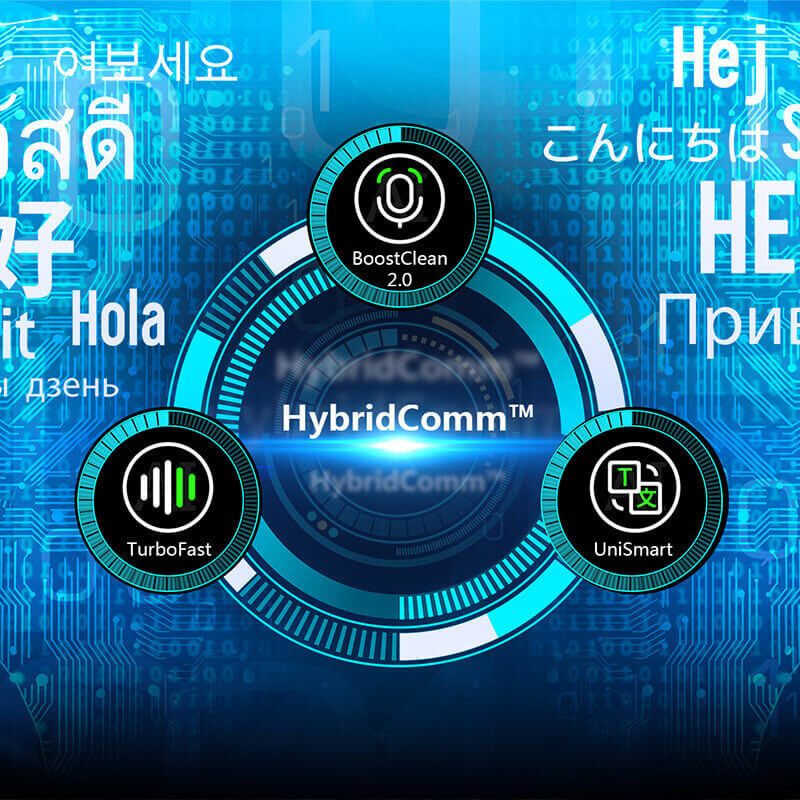


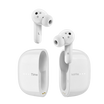
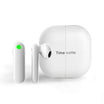
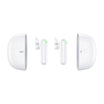
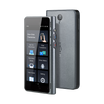





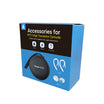




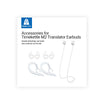






Оставить комментарий
Все комментарии перед публикацией проверяются.
Этот веб-сайт защищается hCaptcha. Применяются Политика конфиденциальности и Условия использования hCaptcha.